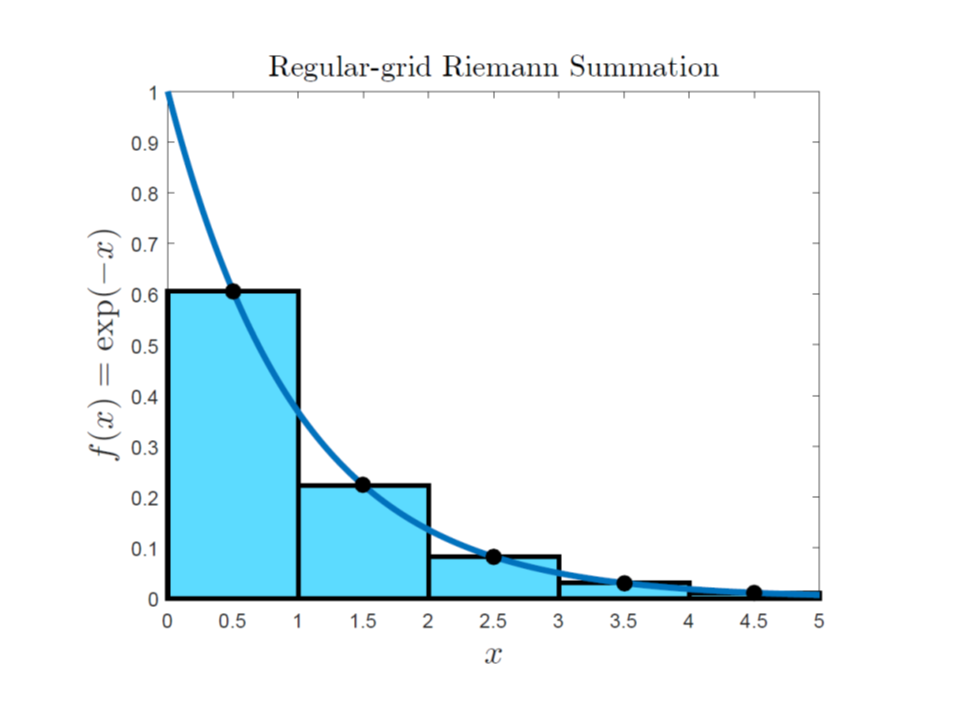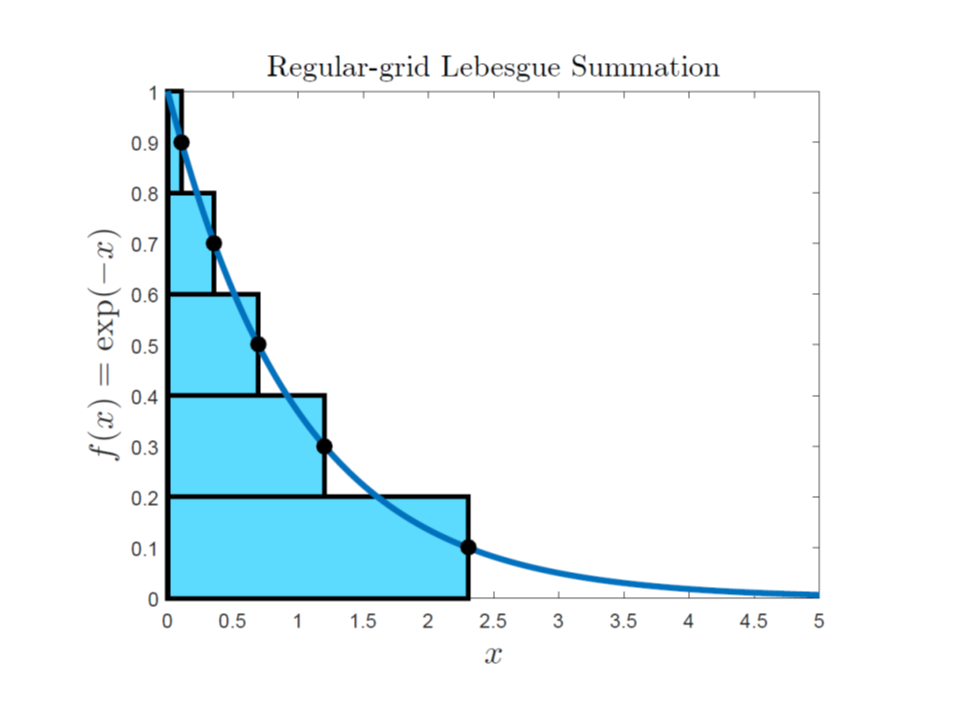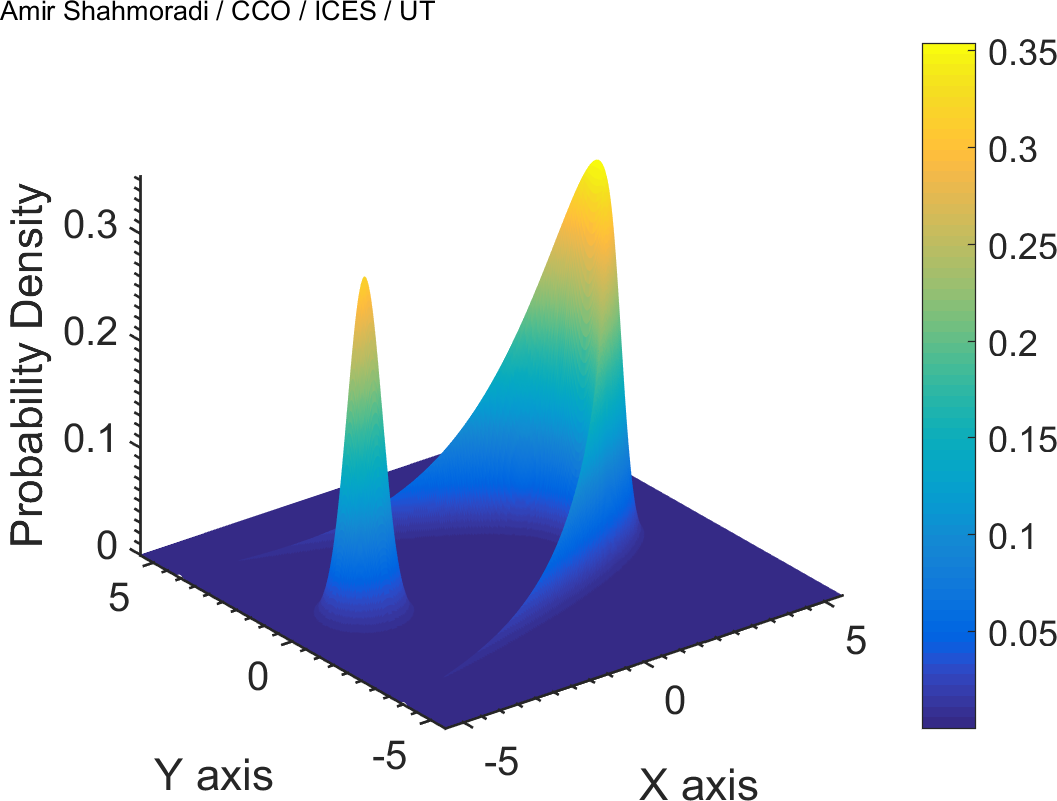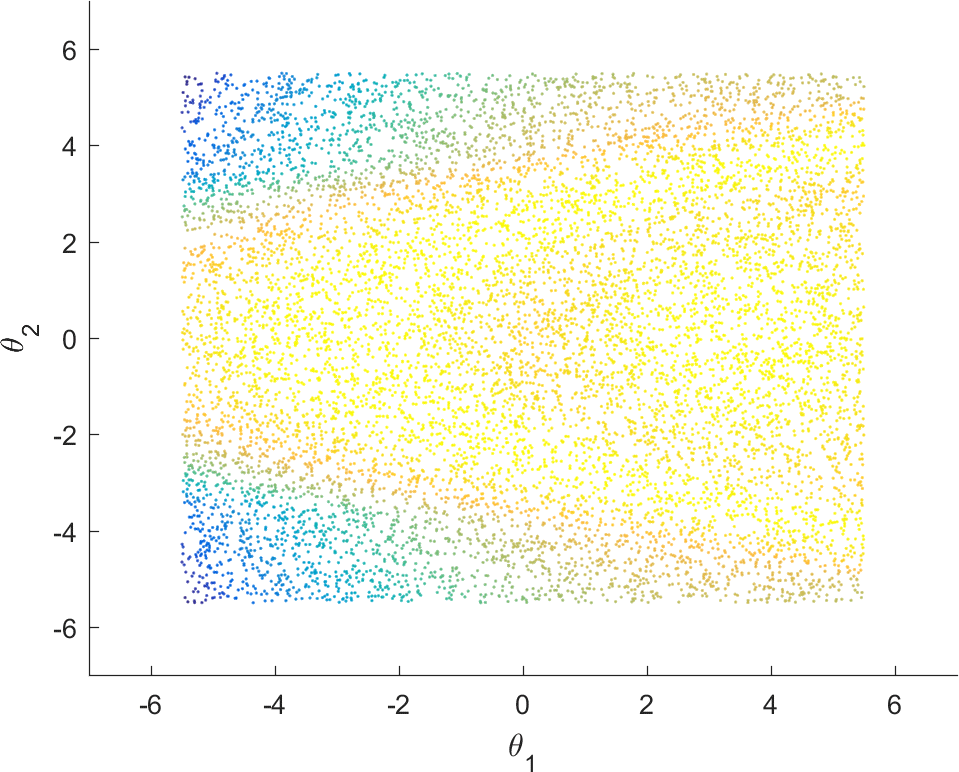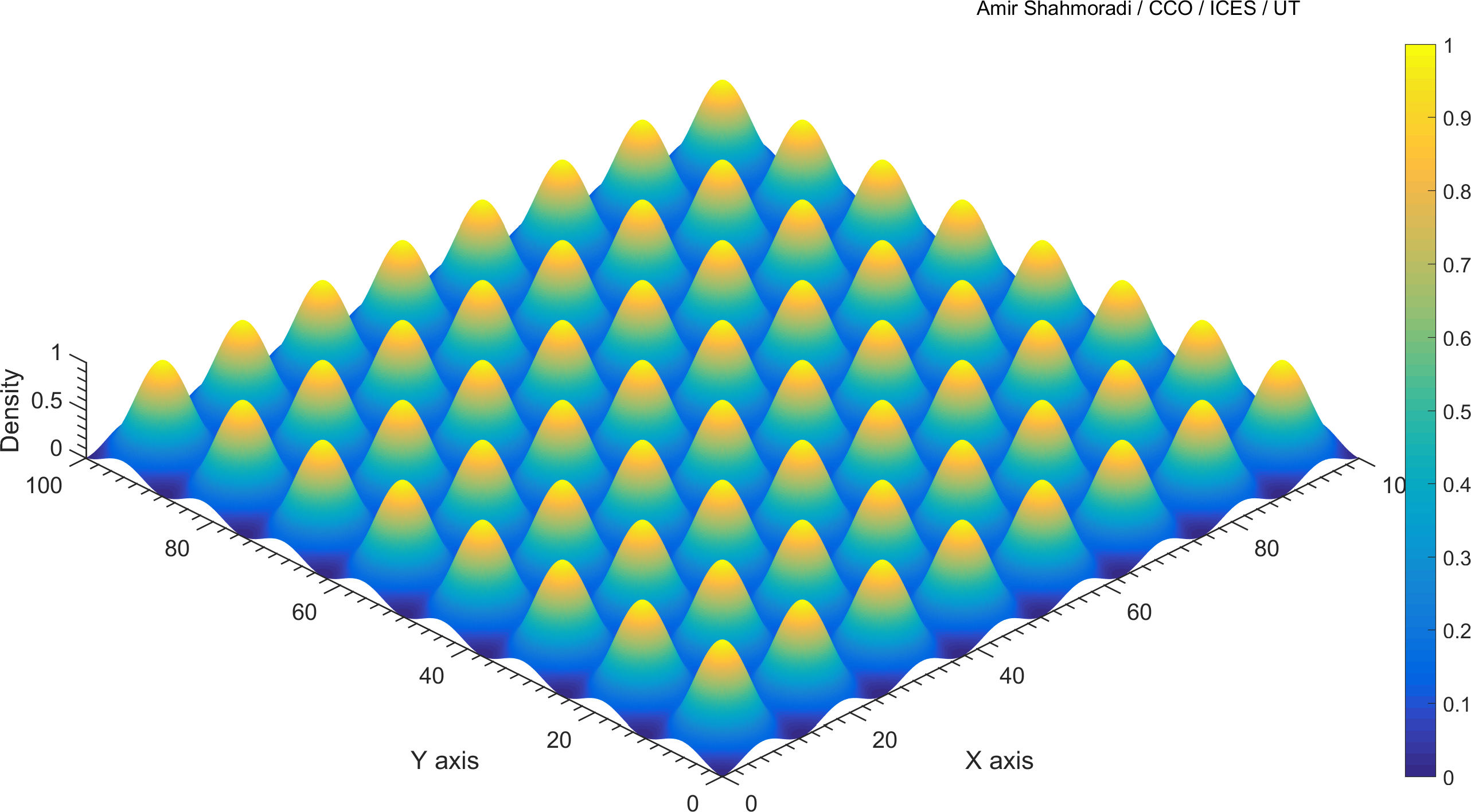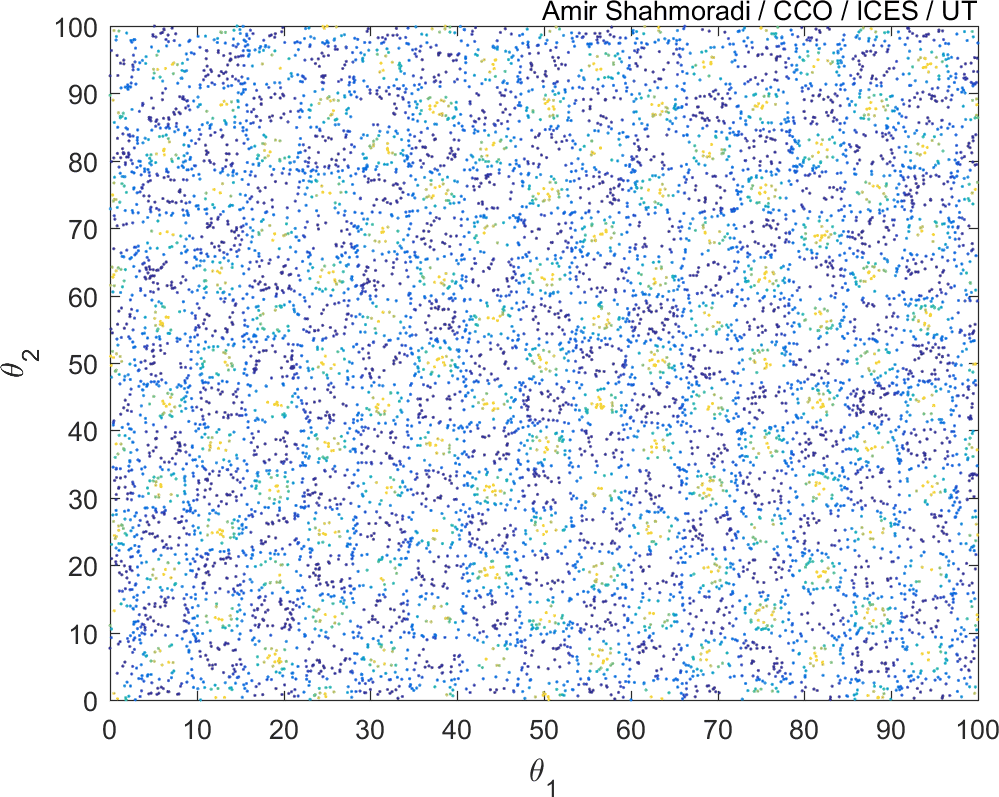On the first day of our class, we will try to get to know each other and I will attempt to describe my research work and educational background for you, as well as what we should expect from this course. Then I will present the results of the survey that I sent out to you a week ago to assess your programming knowledge, your favorite programming language, and the programming language that you would need for your research. Based on the survey results and your feedback in class, we will decide on the choice of language and the design of this course.
About me, Amir, the instructor
I am a physicist and researcher, and currently a faculty member at the Department of Physics as well as the Data Science Program in The College of Science at The University of Texas at Arlington. You can find more information about me, our group, and our research at cdslab.org. Here is a summary of my life in a few pictures:
I was introduced to the world of information and computer programming around 1991 by my father and elder brother. By the end of elementary school, I was so impressed with and knew enough about computer software to write a few simple computer games in QBasic programming language on our first family personal computer, IBM 386. Here is an example of how computer games looked liked 30 years ago.
I never imagined a day I would use computer programming for scientific purposes. Nevertheless, there has been almost no single day that I have not used scientific programming for my work and research, ever since I entered graduate school.
My research topics
The following are a few examples of what I do nowadays as part of my scientific research at UT Austin.
Theoretical Astrophysics
While my current focus of research is mathematical modelling of tumor growth and Monte Carlo samplers, I am and have been working in multiple branches of science and engineering for several years, from the subatomic world of elementary particles, to the microscopic world of biological macromolecules, to astrophysical phenomena occurring on the grandest scales of the observable Universe.
For several years of my research, I have been working on understanding Gamma-Ray Bursts (GRB) and their physics. Below is a movie of the moment a Short-duration GRB is generated from the merger of a binary Neutron star system.
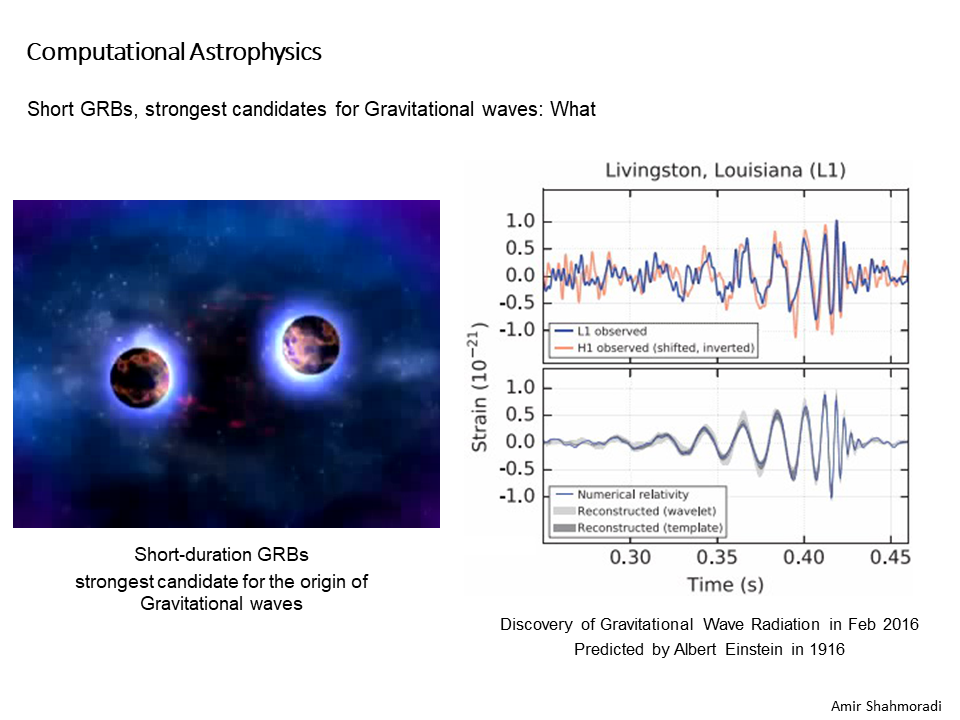
Theoretical Biology, Bioinformatics
I have also worked for a few years in the field of bioinformatics and evolutionary biology. The overarching goal in the field of protein bioinformatics and biophysics is to understand how proteins fold into their unique structure, and what determines the stability of the protein 3D structure.
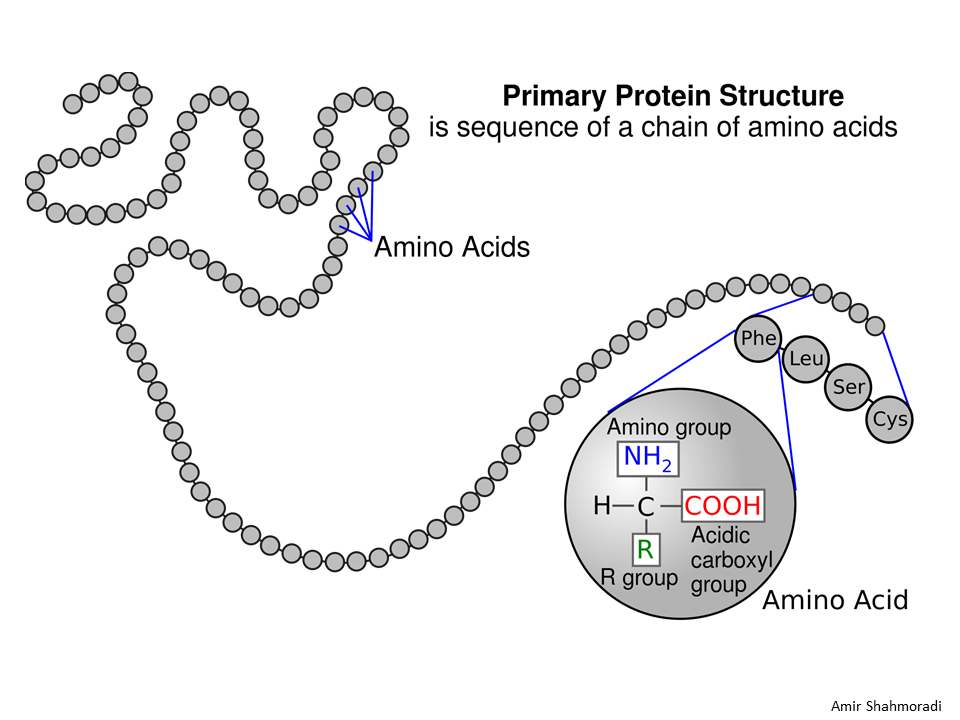
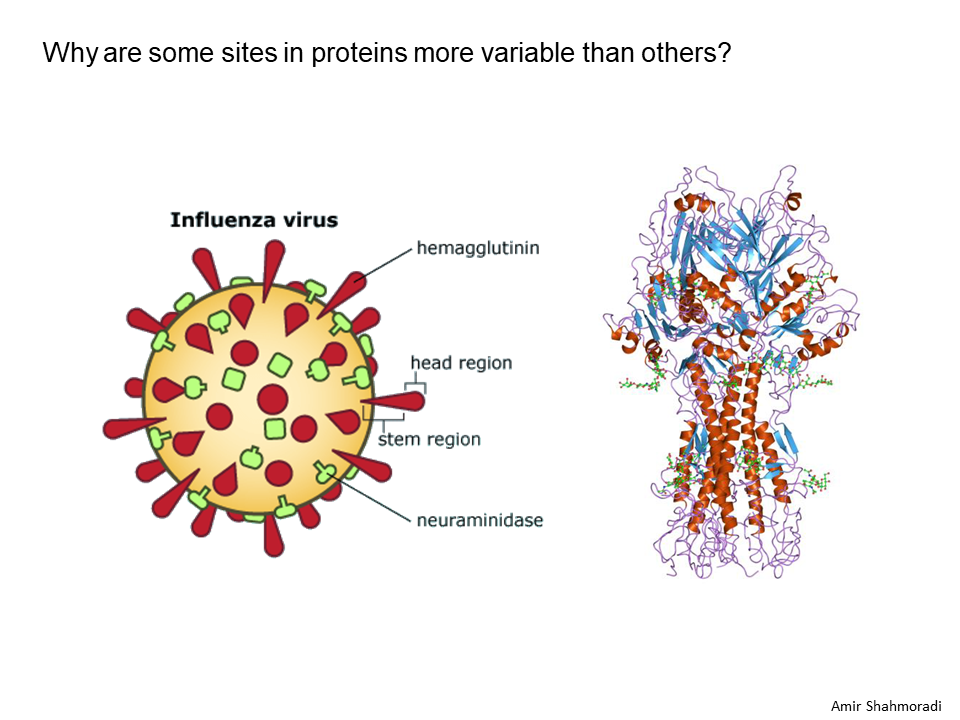
One of the workhorses of this field, is therefore molecular dynamic simulation to probe the dynamics of proteins and their interactions with other molecules. The following is a 1.5ns molecular dynamics simulation of Human Influenza H1 Hemagglutinin protein (1RD8, chains AB).
Petroleum Engineering
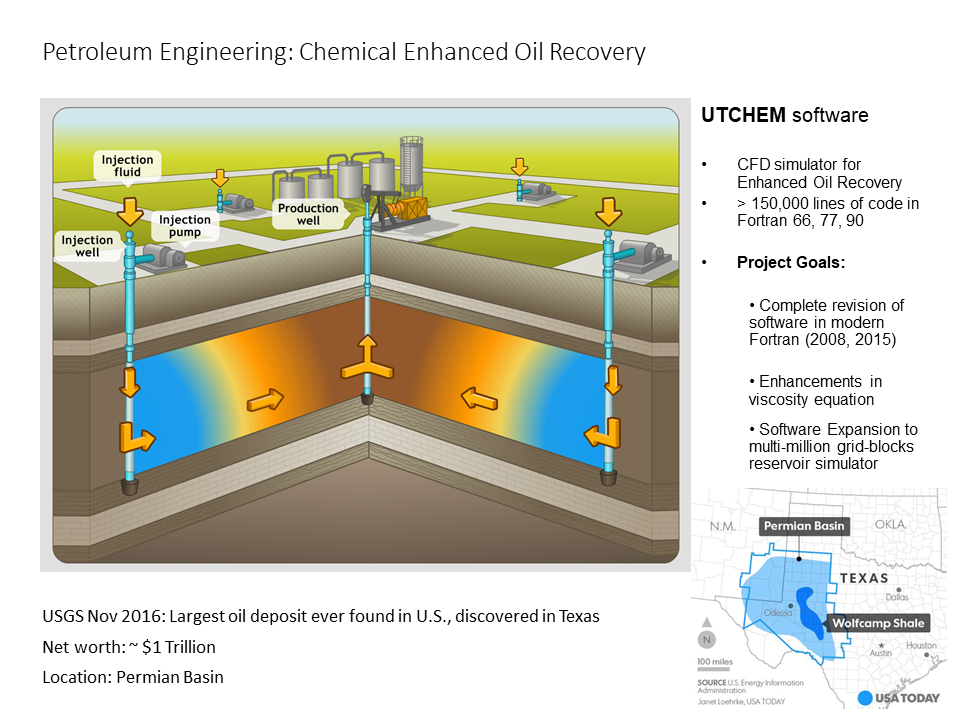
Computational Oncology
What you see in the figures below, is a representation of the growth of Glioblastoma tumor cells in a Rat’s brain over time.
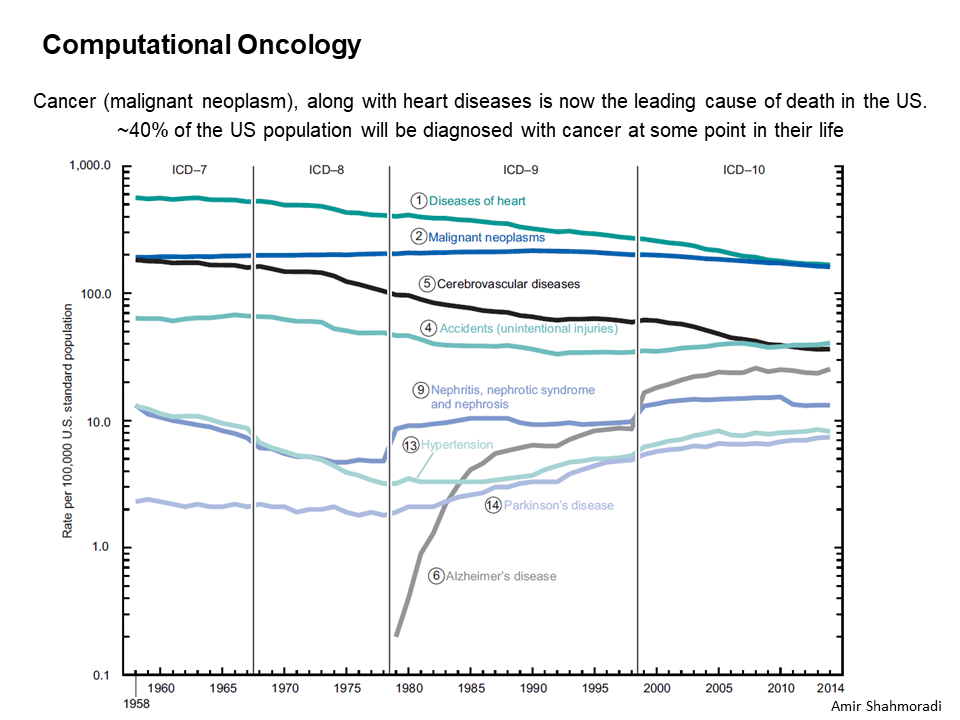
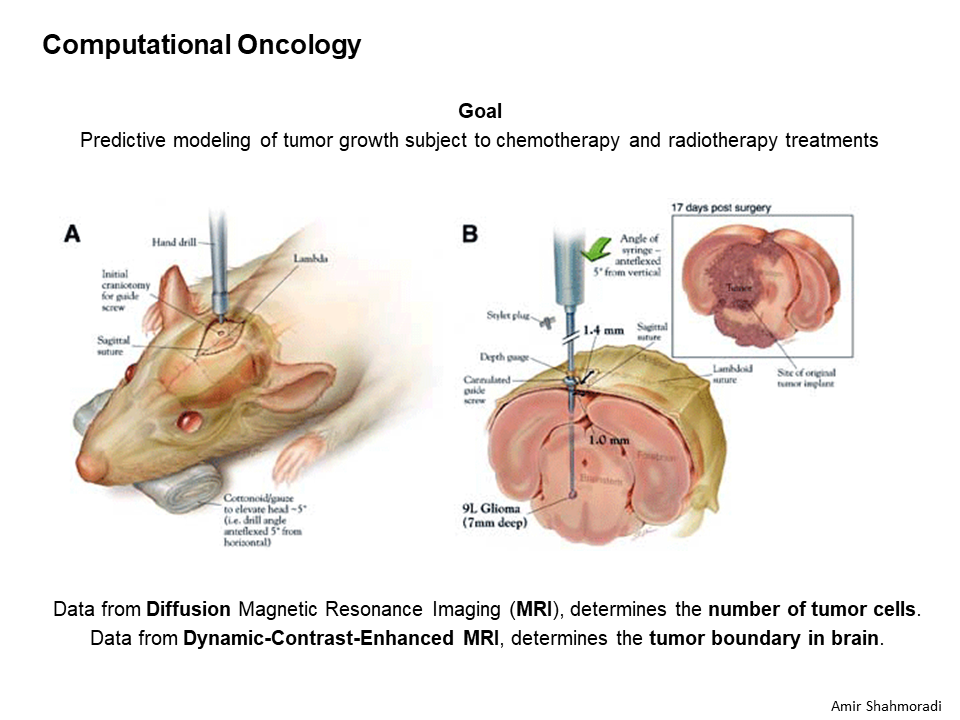
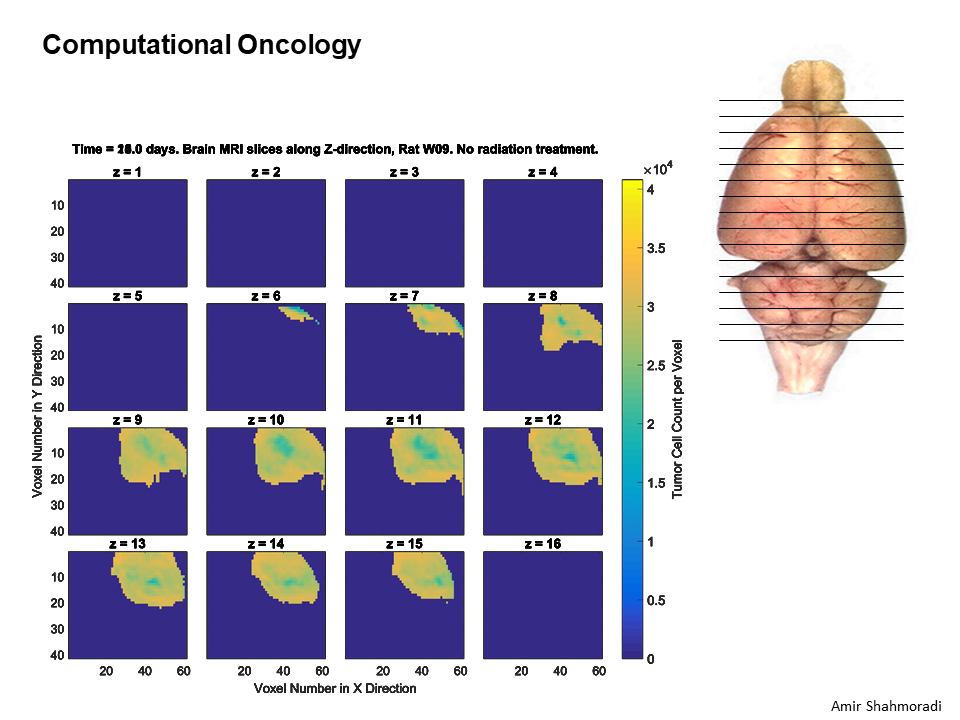
The temporal evolution of the growth of Glioma tumor in rat
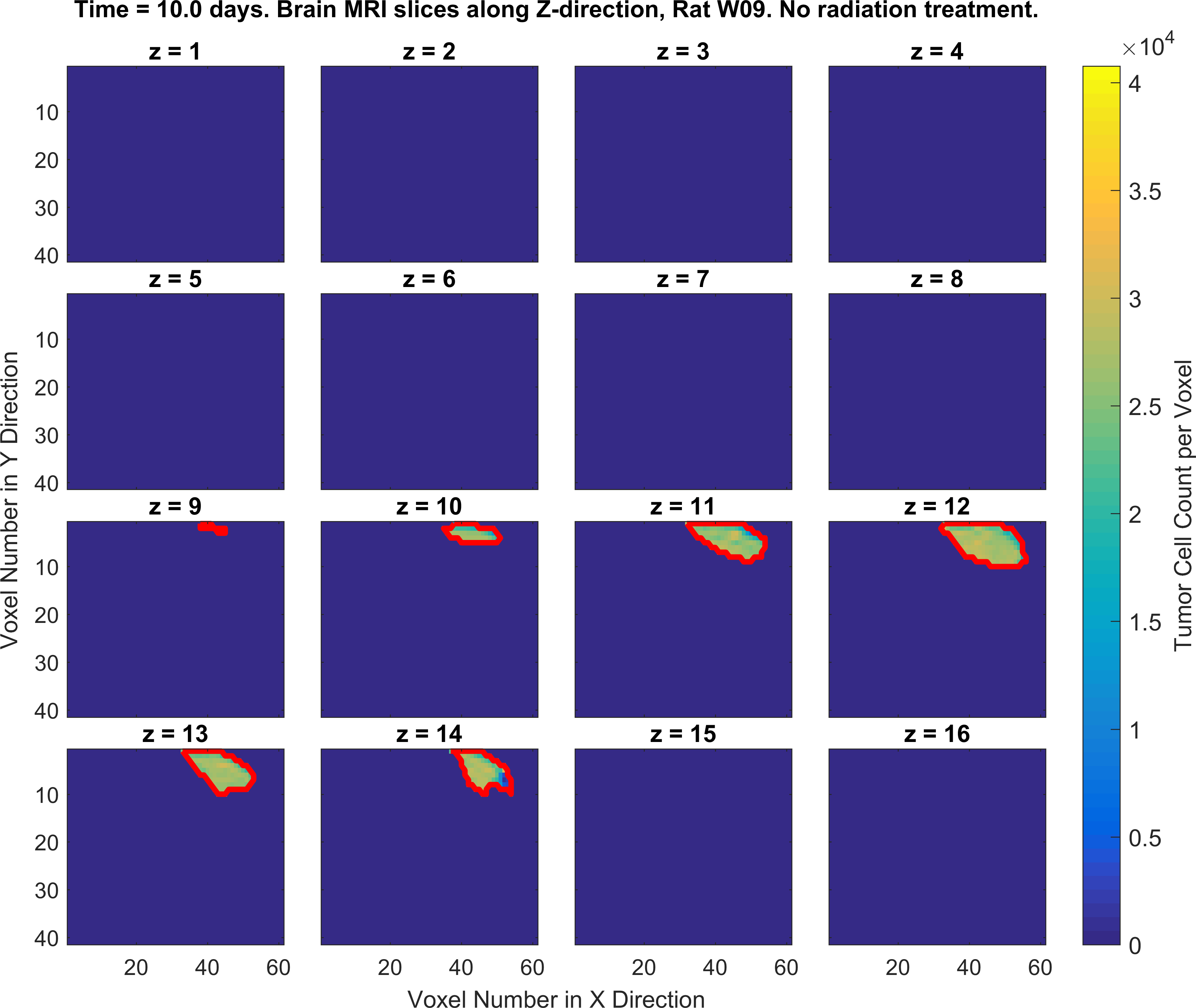
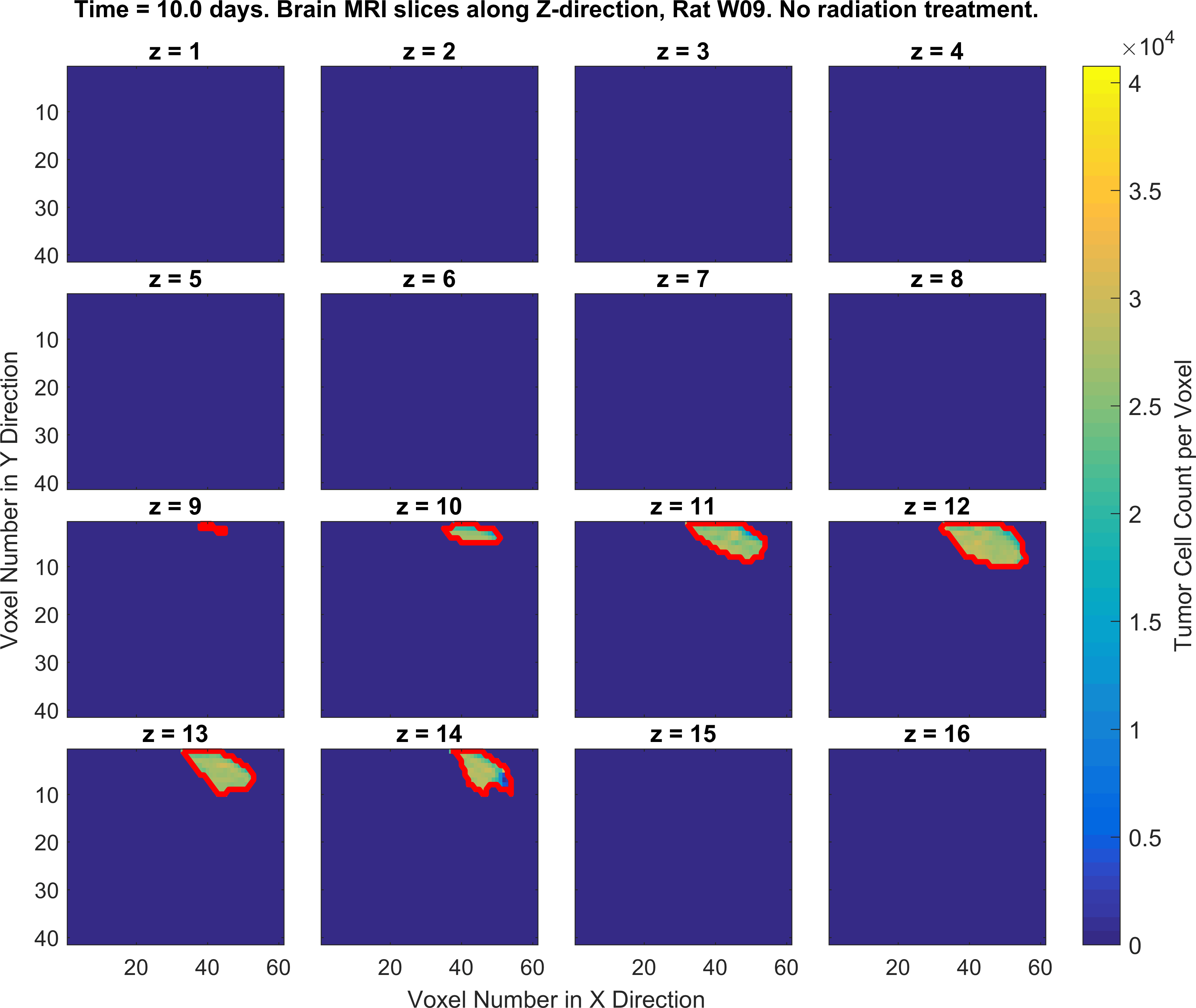
Monte Carlo Simulation and Integration Methods
One of the fields on which my research is currently focused, is developing Monte Carlo optimizer/sampler and integrator algorithms for Bayesian inverse problems.
Development of Monte Carlo sampling algorithms
Below you see example animations of two Markov Chain Monte Carlo (MCMC) samplers, both of which sample a double Gaussian-peak function, but with different MCMC sampling parameters.
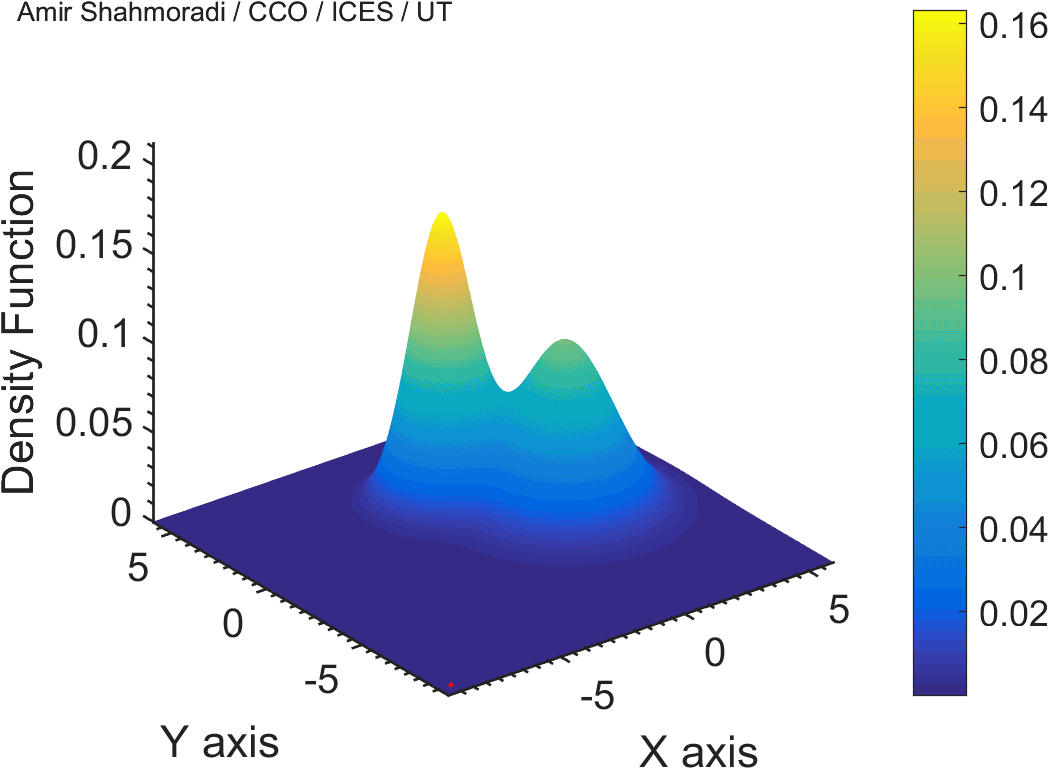

Development of Monte Carlo integration algorithms
